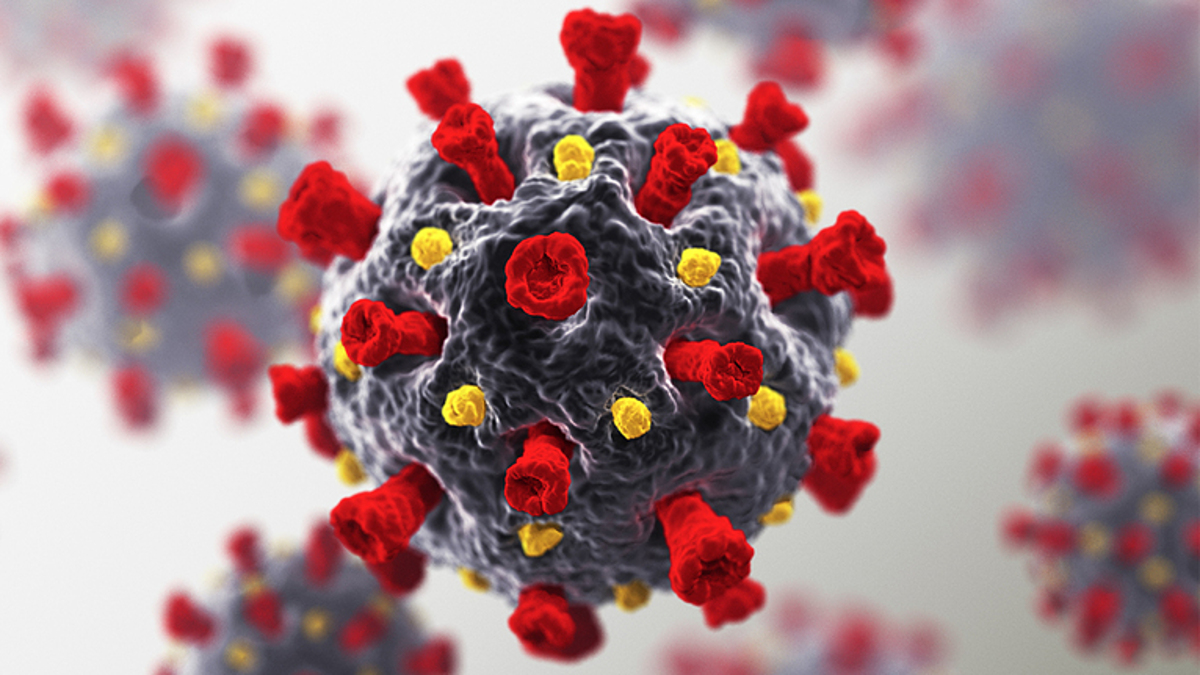While not yet causing concern about disease severity, the rapid spread and distinct symptoms of this new variant have put health authorities on alert. They warn that the variant could cause a wave of infections during the holiday season, especially in areas with inadequate vaccination rates.
In the US, the Centers for Disease Control and Prevention (CDC) reports that Stratus is now the third most common variant this summer, accounting for 14% of all infections, a sharp increase from 0% in March. In Europe, Stratus has replaced the Nimbus variant and has also been recorded in India, the UK, and Ukraine.
Similarly, the World Health Organization (WHO) notes that the global XFG rate has increased from 7.4% to 22.7% in just one month.
Stratus is a combination of two Covid-19 variants, F.7 and LP.8.1.2. Professor Subhash Verma, a microbiology and immunology expert at the University of Nevada, explains that XFG's mutations help it evade antibodies better but do not significantly increase disease severity or transmissibility.
Although the WHO has listed XFG as a variant under monitoring, the organization still assesses the health risk of the new strain as low and emphasizes that current vaccines remain effective in preventing severe illness.
 |
Illustration of nCoV. Photo: UC Health |
Illustration of nCoV. Photo: UC Health
The most prominent symptom of Stratus is hoarseness. Unlike previous variants, those infected with this strain often report a sore throat, dry cough, difficulty swallowing, and some children even experience symptoms resembling a severe cold. However, according to the Poltava Regional Center for Disease Control and Prevention (Ukraine), current data do not show an increased rate of severe illness or death due to this variant.
Countries and the WHO are calling for continued close monitoring of the Stratus situation. At the same time, they recommend that people with symptoms get tested early and consider getting a booster vaccine, especially high-risk groups. The CDC also lists other common symptoms of Covid-19, including: fever, cough, shortness of breath, nasal congestion, loss of taste/smell, fatigue, nausea, muscle aches, and headache.
Thuc Linh (According to USA Today, Gazeta Express, News Ukraine)












